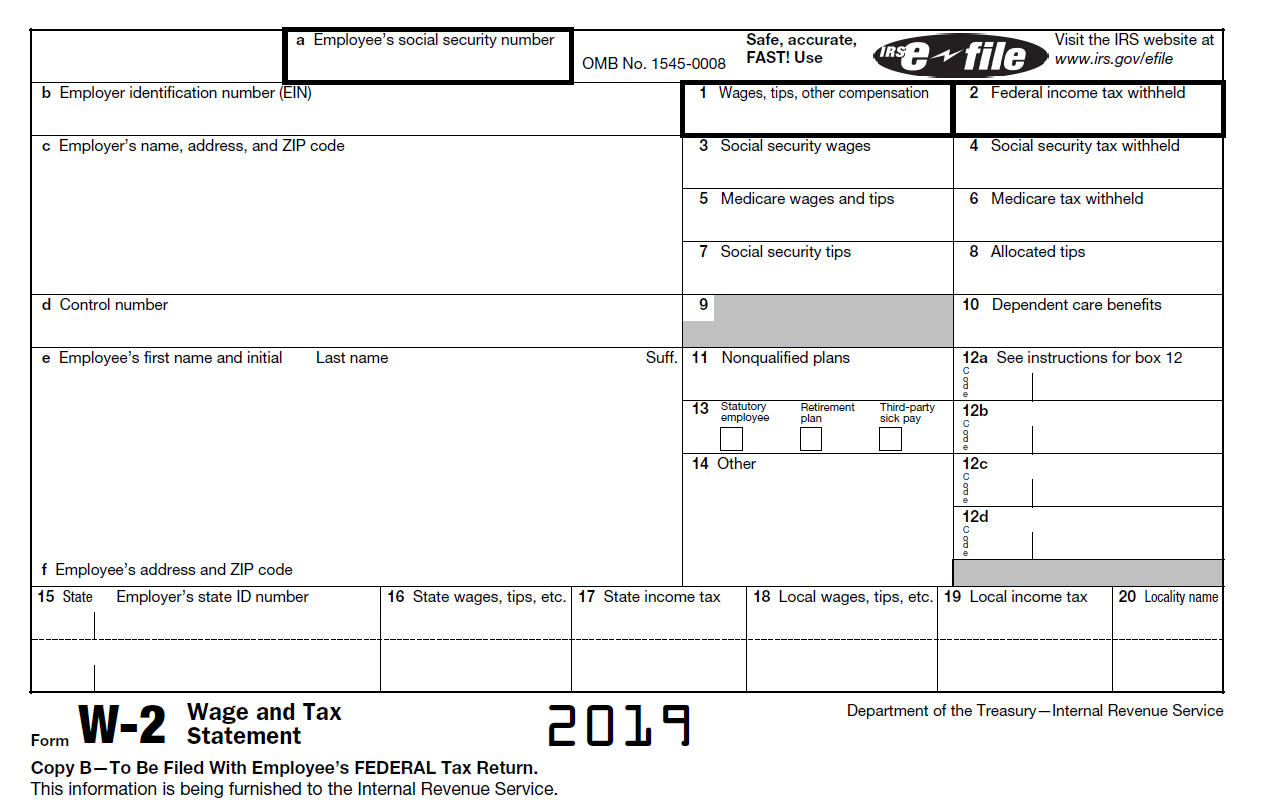Payroll
AICPA Requests Guidance on Trump Payroll Tax Deferral Memo
The memorandum issued by President Trump mandating the Treasury Department defer the collection and payment of employee payroll taxes has caused confusion and concern among accountants and businesses.
Aug. 13, 2020

The memorandum issued by President Trump mandating the Treasury Department defer the collection and payment of employee payroll taxes has caused confusion and concern among accountants and businesses. The American Institute of CPAs (AICPA) submitted a letter (attached) to Treasury and the Internal Revenue Service (IRS) in response, requesting additional guidance and clarification and providing specific recommendations.
In the letter, the AICPA requests that Treasury and the IRS provide guidance to address a number of concerns precipitated by the memorandum, including:
- Guidance stating that the deferral is voluntary and that an “eligible employee” is responsible for making an affirmative election to defer the payroll taxes.
- Guidance stating that an “eligible employee” is an employee whose wages are less than $4,000 per bi-weekly pay period.
- Guidance stating that the $4,000 limit should apply separately to each employer of an employee.
- Guidance stating a payment due date(s) for the deferred taxes and a mechanism for employees to pay the deferred taxes.
A subsequent announcement by Treasury Secretary Steven Mnuchin indicated that the payroll tax deferral would not be mandatory for employers to implement. “Since the taxes being discussed are those ‘imposed on the income of each employee,’ a big question we have is whether or not employees will have the option to opt in or out of the program,” said AICPA Vice President of Taxation, Edward Karl, CPA, CGMA.
“Employees should make the deferral decision and should also be responsible for repayment, however, there are certain questions that need to be considered that taxpayers and businesses need guidance on. For example, what if an employee works more than one job? What if the company goes out of business? What if the employee changes jobs? Employers still have to figure out how to implement this policy, but right now, there are too many unknowns.”
